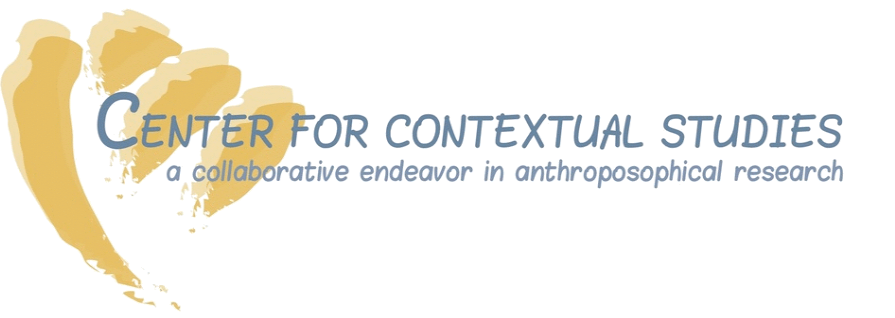The first teacher’s course consisted of three series of lectures or seminars. In the course of the first series (Study of Man), held in the early morning, Rudolf Steiner developed the anthropological foundations of a new understanding of the role education plays in the process of human development. The second series (Practical Advice to Teachers) that took place in the late morning focused on how through teaching we can support the developmental path sketched out in the early morning lectures. Here Steiner addresses the question of method. The first series help us learn to see the child anew; the second helps us understand how better to place ourselves in relationship to the child becoming.
There are a couple of statements in the first lecture on method that have played a strong role in my teaching.
The first is:
“We must realize above all that through the way we teach we will be working, in a certain way, to harmonize the higher human being (the soul/spiritual) with the bodily organism. The subjects you teach will not be treated as they have up to now. In a way, you must use them to allow the soul forces and the bodily forces of the individual to develop in the right way. The important thing for you is not to transmit knowledge as such but to work with it to develop human capacities.”
In this paragraph, Steiner characterizes the goal of the new teaching methods. He does in three steps, each more concrete than the one before. They should serve to “harmonize the higher human being (the soul/spiritual) with the bodily organism”, “allow the soul forces and the bodily forces to develop in the right way” and knowledge – lesson content – must be worked with in such a way that “human capacities” can evolve or grow. Teaching methods should not focus on ensuring the acquisition of knowledge; the way we bring children and young people into connection with knowledge must allow them to develop capacities that are uniquely human.
Steiner’s concept human is somewhat unique in that it is informed by his understanding of the spiritual nature of human individuality. One can’t think human without thinking this human. It is neither a general nor a collective concept. The only way humanness can come to expression is in the way this individual human brings it to expression.
Not long ago I visited an 8th grade. They were in the middle of a physics block, constructing small electric motors using nails, wire and batteries. It is a project I think everyone knows. The students were working in small groups and there were exclamations of excitement as one group after another succeeded in getting the motor to turn. What caught my attention as I watched was how differently the students were engaged, how differently they were excited. Their faces expressed a whole spectrum of engagement from astonishment, to pleasure, to triumph, to awe, to puzzlement. Each child had his or her individual relationship to what was happening.
What does Steiner mean when he speaks of human capacities? I think it has to do with the capacity to place oneself individually in relationship to what we encounter. School and education serve to allow the individual child to practice placing themselves in relationship to the world around them in the way they are able and need to. The question of method asks to be approached from this perspective. How do we engage students in such a way that each can practice relating to whatever content we have chosen in the way he or she needs to and, in practicing, constitute ever more strongly, a sense of self that is in itself actively responsive?
by Jon McAlice
